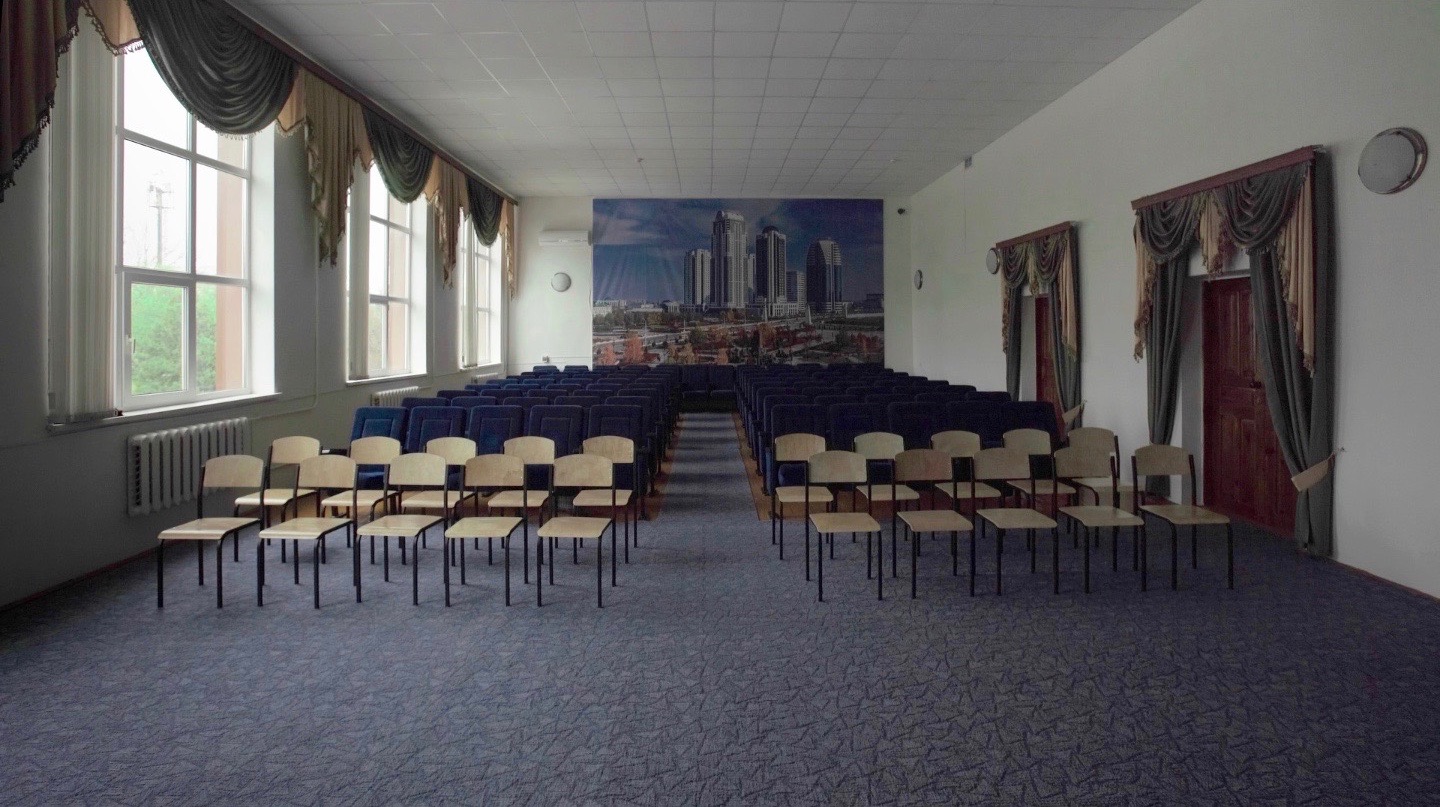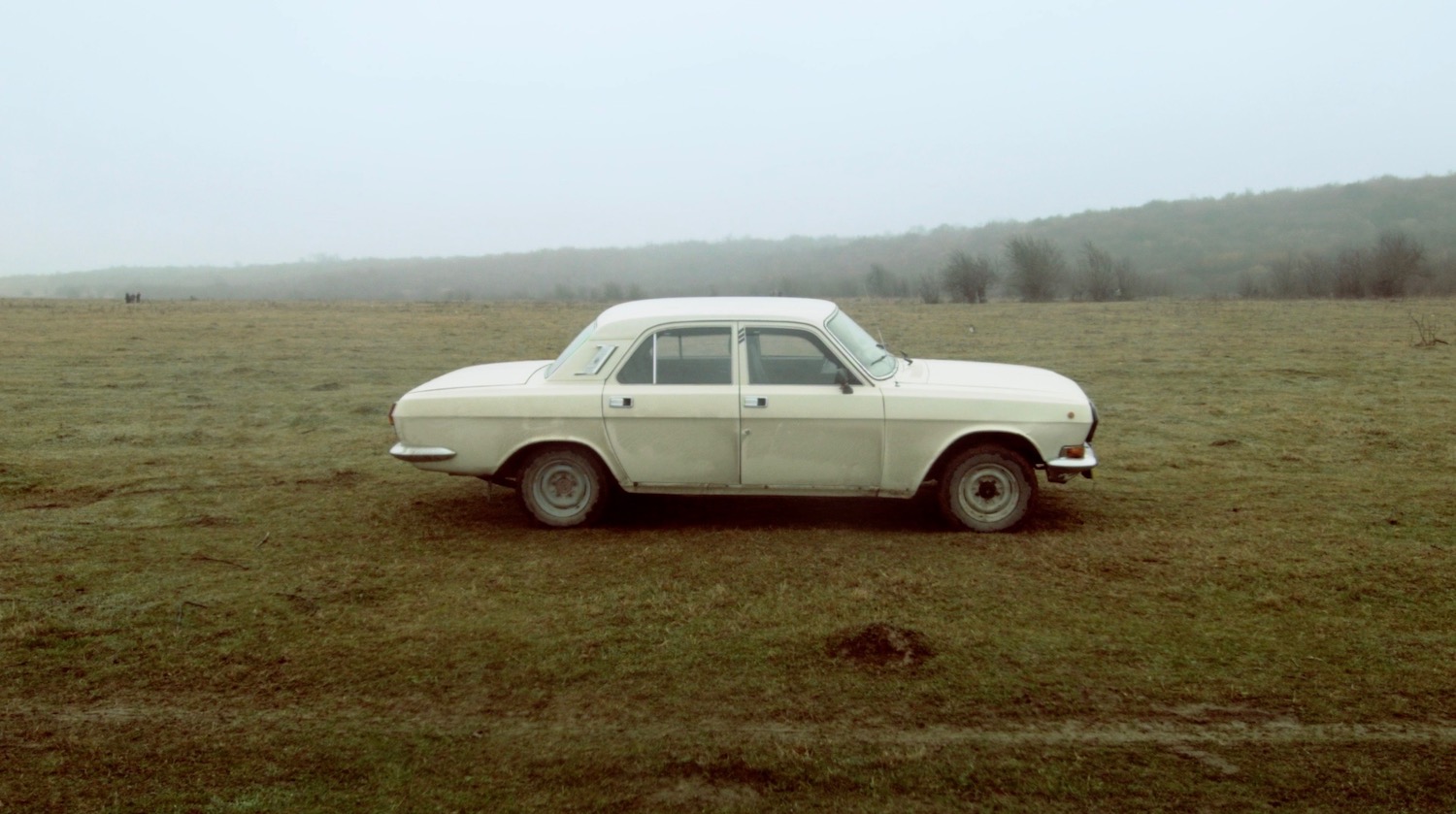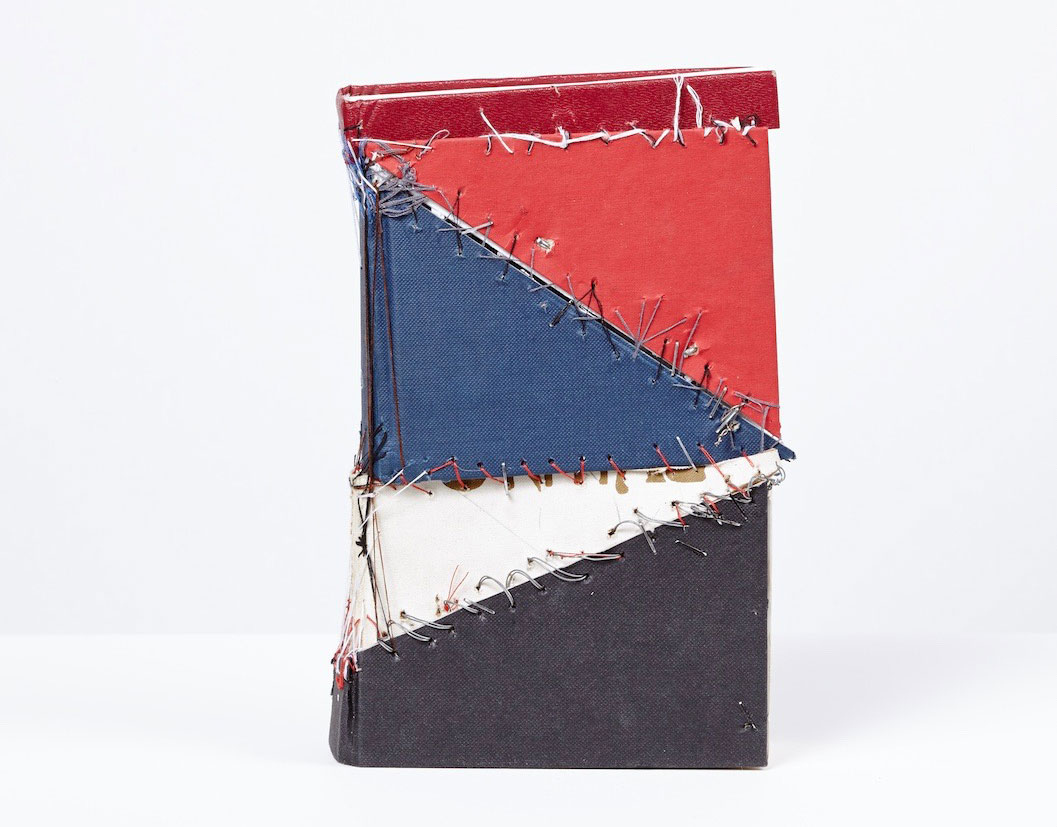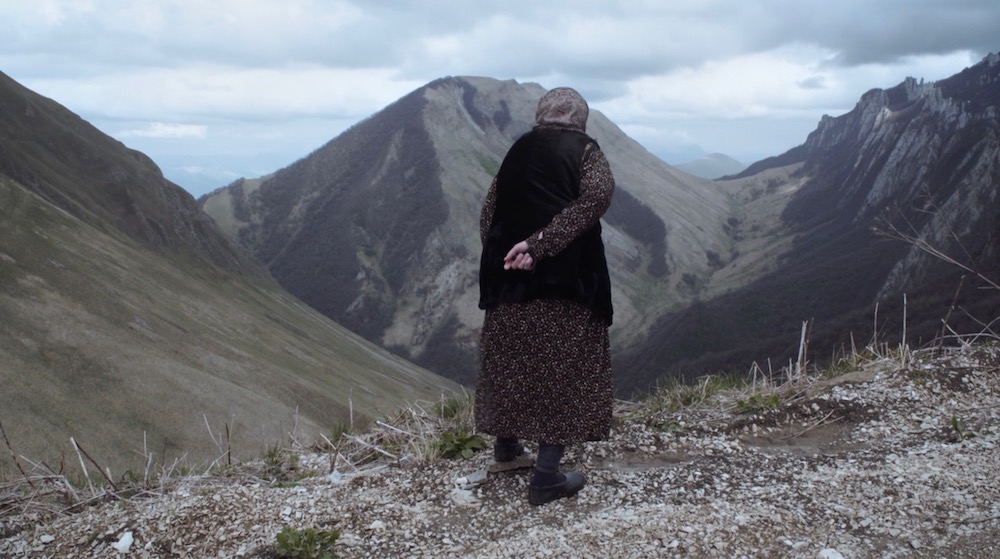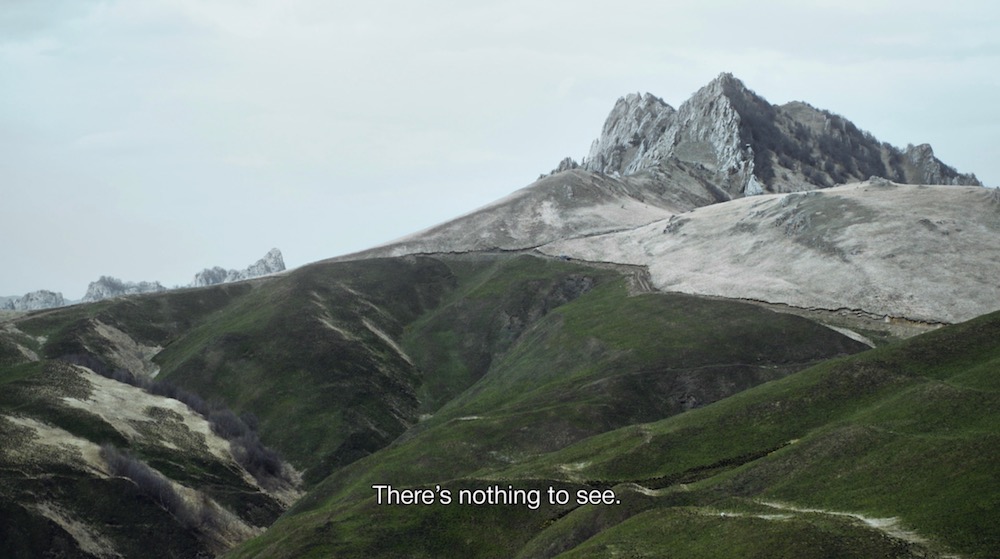Aslan Gaisumov: the Chechen artist confronting his country’s turbulent past
Liverpool Biennial, the biggest art event in the UK, opens tomorrow, showcasing 40 international artists under the title Beautiful World, Where Are You?. Aslan Gaisumov’s two video works — Keicheyuhea (2017) and People of No Consequence (2016) — are exemplative of a quiet mode of storytelling the artist uses to explore the pains and struggles of people in his native Chechnya
Liverpool Biennial, the biggest art event in the UK, opens tomorrow showcasing 40 international artists under the title Beautiful World, Where Are You?. Aslan Gaisumov’s two video works — Keicheyuhea (2017) and People of No Consequence (2016) — are exemplative of a quiet mode of storytelling the artist uses to explore the pains and struggles of people in his native Chechnya.
Around one hundred elderly men and women file slowly and silently into a municipal hall in Chechnya’s capital of Gronzy. Aged between 73 and 106, they are dressed in traditional Chechen attire with tightly wound headscarves and cylindrical sheep-fur hats. They seat themselves in the rows of assembled chairs, facing the camera but resolutely not looking at it. Some of the men, who occupy the front rows, have long white beards and wear military medals. At the end of the video, entitled People of No Consequence, we learn that they are survivors of Stalin’s 1944 deportation of the Chechen and Ingush peoples to Central Asia, during which hundreds of thousands of people died or were killed. They have been brought together by the artist Aslan Gaisumov.
Gaisumov does not shy away from confronting the painful recent history of his native Chechnya. He was born in Grozny (where he now lives and works) in 1991, several years before the First Chechen War. In the early 2000s he fled from Chechnya with his family. Many of his works reflect his direct personal experiences. Yet, they are not simply biographical: in Gaisumov’s mythopoetic oeuvre, individual histories take on a universal significance.
The uneasy relationship between messy personal histories and official white-washed history lies at the heart of Gaisumov’s work
In his past work entitled Volga (2015), the Chechen artist re-enacts his family’s exodus from their homeland. The single-shot video shows 21 people piling into a clapped-out white Volga on a misty steppe. The car slowly starts up, emitting plumes of dirty smoke. The people do not utter a single word over the course of the video’s eight minutes. This laconic work demonstrates the pain and humiliation associated with the forced separation of people from their land.
Gaisumov also commemorates his flight from Chechnya in the installation Household (2016). It comprises the household objects which his family took with them when they fled. Two wooden crates are filled with mattresses, rugs, candle sticks, mugs, photographs, soup ladles, a TV set and other paraphernalia of everyday life. The mundanity of the objects and the understated way in which they are presented give the work an emotional and poetic power.
The uneasy relationship between messy personal histories and official white-washed history lies at the heart of Gaisumov’s work. On the back wall of the municipal hall in People of No Consequence (2016) is a gargantuan poster showing a glittering vision of present-day Grozny. A cluster of pristine skyscrapers stands out against the sky of an almost farcical cartoon blue. The boulevards are lined by immaculately sculpted shrubbery. Yet there is a notable absence in this eerie propagandistic image: there are no people. The title of the work takes on a new, darkly comic meaning.
From his very earliest works, created before he graduated from Moscow’s Institute of Contemporary Art in 2012, Gaisumov has contended with the erasure of human beings from historical narratives. Between 2008-2017 he created a series named Untitled (War), composed of books in different states of mutilation: ripped, shredded, gutted, stitched, padlocked, sawn through and pierced with wire, nails and glass. One of the works in the series, Prosthetics (2011), consists of torn sections of five books from different decades of the 20th century, clumsily stitched together. These books, repositories of human stories, have been destroyed in the same way as the people who wrote, read and owned them. The objects are deliberately un-beautiful: unlike photoshopped propaganda posters, they refuse to be aestheticised.
In his installation Numbers (2015), Gaisumov also commemorates the people left out of the official histories of conflicts. Several dozen black metal plaques with white numbers in Soviet-style font are arranged haphazardly on the wall. After the Second Chechen War (1999-2009) Gaisumov collected them from emptied homes whose owners no longer needed them. The work is a witty subversion of the truism that history reduces people to numbers. Instead these numbers become silent monuments to the people who used to own them.
Many of Gaisumov’s works are marked by silence. For the artist, silence performs a dual function. It is commemorative — an expression of collective grief. It is also combative – an urgent call to speech. Gaisumov’s artistic mission is to find the terminology – visual and oral — with which to memorialise events which have been forgotten or ignored.
In Gaisumov’s most recent work, Keicheyuhea (2017), the historic silence is broken by the story of an individual survivor of the 1944 deportation: the artist’s grandmother, Zayanu Khasueva. The 26-minute video records Khasueva’s journey to her birthplace, the remote mountain settlement of Keicheyuhea, for the first time since the mass expulsion. The video begins in a jeep as it climbs the newly-rebuilt mountain road. Khasueva stares out of the back seat window, pangs of recognition flashing across her wrinkled face. With its soft slopes and overcast sky, the landscape is both inviting and foreboding.
When they arrive at the spot where Keicheyuhea used to be, she stares out over the mountains and relates her memories – the villagers’ way of life, the death of her two sisters on the journey to Kazakhstan. She affectionately addresses her grandson “Aslan-bek”, but he does not intrude on her reminiscences: they are hers to tell. Clutching her prayer beads firmly behind her back, Khasueva says: “Nothing is left”. And indeed, the desolate mountainside bears no physical trace of the past: the only signs of life are the occasional patches of green. Yet the psychological traces are indelible. In the final shot, Khasueva walks unsteadily back down the mountain, gently sobbing. The camera lingers on her huddled form.
In their defiant matter-of-factness, Gaisumov’s works are a riposte to the sentimental and sensationalist way in which the media deals with conflict. In contrast to the news reports which cater to our ever-shortening attention spans, Gaisumov creates works of eternal relevance. He does not need to make grand declamatory statements. The acts he stages and the objects he presents speak for themselves. To understand his work, one needs to look for meaning in the silences, the gaps and the ellipses.
Earlier this year, Gaisumov had his first solo exhibition in the UK, at London’s Emalin Gallery (March 14 – April 28, 2018). People of No Consequence and Keicheyuheawere displayed back-to-back in a darkened room. The two videos, currently on display as part of the Liverpool Biennial, show different ways in which to commemorate the same historical trauma: through collective gathering and personalnarrative, through silence and speech. The exhibition had the title, drawn from a poem by Osip Mandelstam, of: All That You See Here, Forget. But for the 27-year-old artist, forgetting is not an option. The past, especially the traumatic past, is always present.
Text: Naomi Polonsky
Image: Aslan Gaisumov
Liverpool Biennial 2018 runs from 14 July – 28 October. Aslan Gaisumov’s works are on display at St George’s Hall and Victoria Gallery & Museum’s Tate Hall. You can find more information here.
